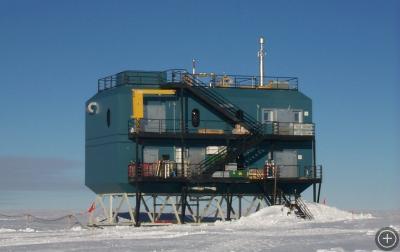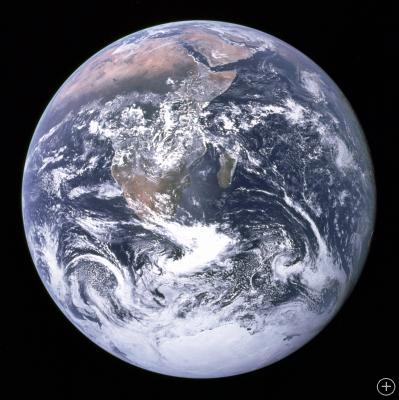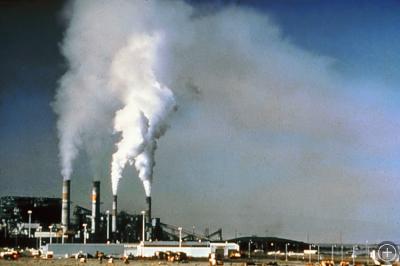Greenhouse Gases
Carbon dioxide is a colorless, odorless gas that makes up .04 percent of the earth’s atmosphere. It’s released by the breakdown of organic materials, by animals when they respire, and by the burning of fossil fuels. Carbon dioxide isn’t toxic—after all, we exhale it with every breath and use it to make our drinks fizzy. However, carbon dioxide is considered a pollutant because, as a greenhouse (heat-trapping) gas, it’s a significant contributor to global warming.
In the last 150 years, carbon dioxide from factories, power plants, and fuel-burning vehicles has boosted natural levels of carbon dioxide in the atmosphere. Data from ice cores taken in Antarctica show that carbon dioxide in our atmosphere has increased 36 percent from preindustrial levels. Carbon dioxide raises global temperature by trapping heat that would otherwise escape directly into space.
Continually climbing levels of carbon dioxide are of special concern at the poles for two reasons. First, polar regions are especially sensitive to global warming. Already, temperature increases measured at the poles are twice those measured at the equator. (See Climate Change.) Also, warming temperatures in the Arctic may release even more carbon dioxide and other greenhouse gases such as methane, by melting frozen soil called permafrost. (See Tundra and Permafrost.) In this way, thawing at the poles may result in a positive feedback loop, in which thawing causes faster warming, in turn causing more thawing.

The Atmospheric Research Observatory at the South Pole is part of a world-wide campaign by NOAA (the National Oceanic and Atmospheric Administration) to collect long-term measurements on compounds in the atmosphere. In addition to this South Pole station, NOAA maintains climate observatories in Samoa, Mauna Loa, Hawaii, and Barrow, Alaska.
Predicting the outcome of effects such as thawing of permafrost requires a thorough understanding of the carbon cycle, a collection of processes whereby carbon (in various forms) shifts between the atmosphere, the ocean, the land, and living things. The carbon cycle is complex, however, and not yet fully understood in a warming world.
To keep track of carbon dioxide and study global warming, scientists use gas detectors to continually monitor global atmospheric carbon dioxide levels. Measurements must be made far from sources that might skew the reading, so the monitoring stations are located in remote locations, including the South Pole and Barrow, Alaska. In time, these measurements may help scientists better understand the carbon cycle and predict future climate change.










